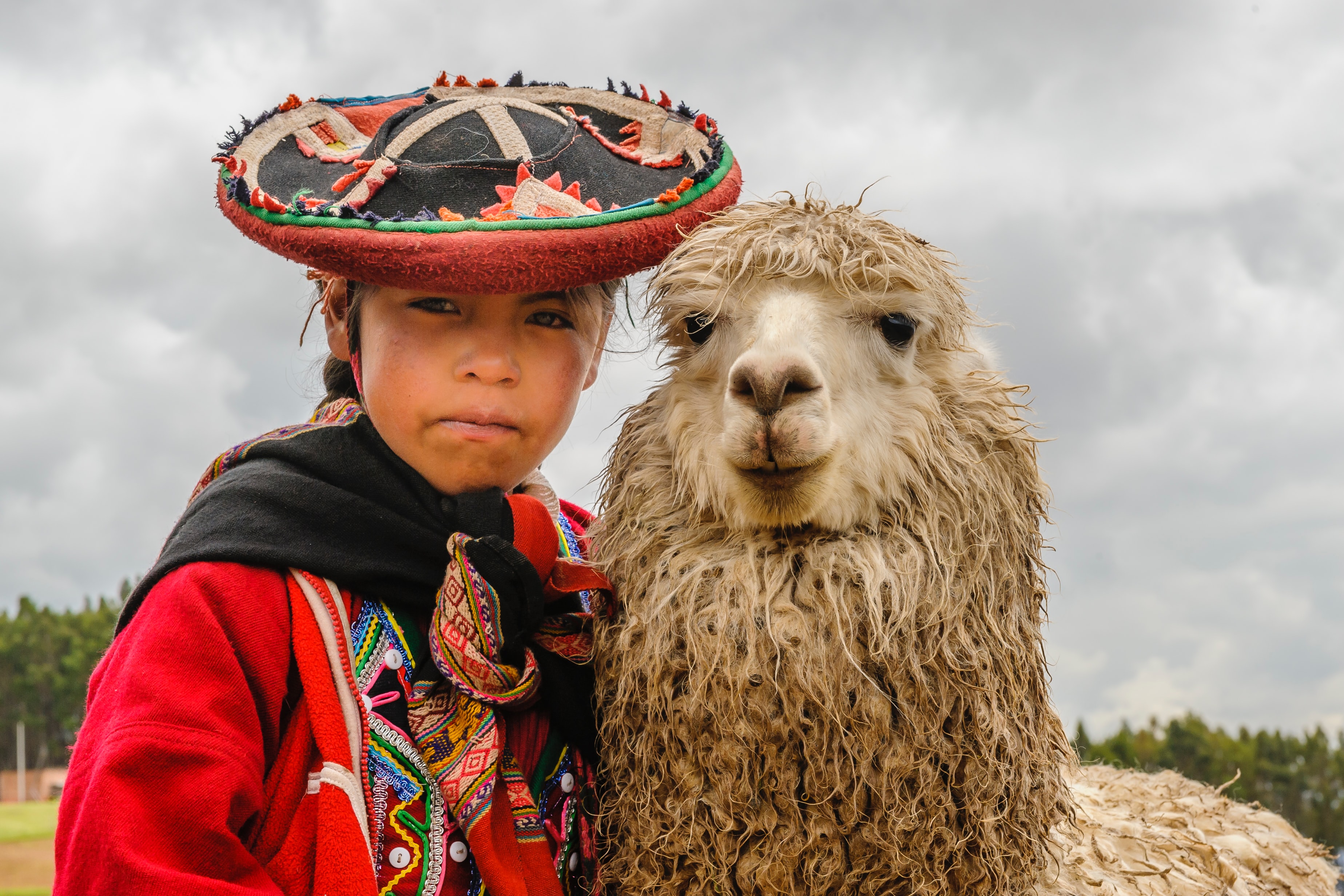
In the Peruvian city of Ayacucho, the indigenous Quechua people have a tradition known as chirapaq. As the red-orange glow of the setting sun gives way to a deep blue twilight, the Quechua look to the heavens in the hopes that two stars will collide to birth a sparkling, star-filled skyscape.
For some Quechua, the celestial renaissance is an allegory representing the hope that indigenous cultures around the world will return to prominence, in many cases after generations of repression.
There’s a growing realization among environmental advocates that the spread of indigenous practices is also crucial to the planet’s future. An emerging body of research suggests that traditional techniques, some millennia old, for growing food, controlling wildfires and conserving endangered species could help arrest the dramatic decline of the natural world.
“We must preserve and strengthen indigenous practices, which contribute to sustainable environmental management and provide leadership in combating climate change, nature and biodiversity loss, and pollution and waste,” says Siham Drissi, a Programme Management Officer at the United Nations Environment Programme (UNEP). “It must be preserved and enhanced."